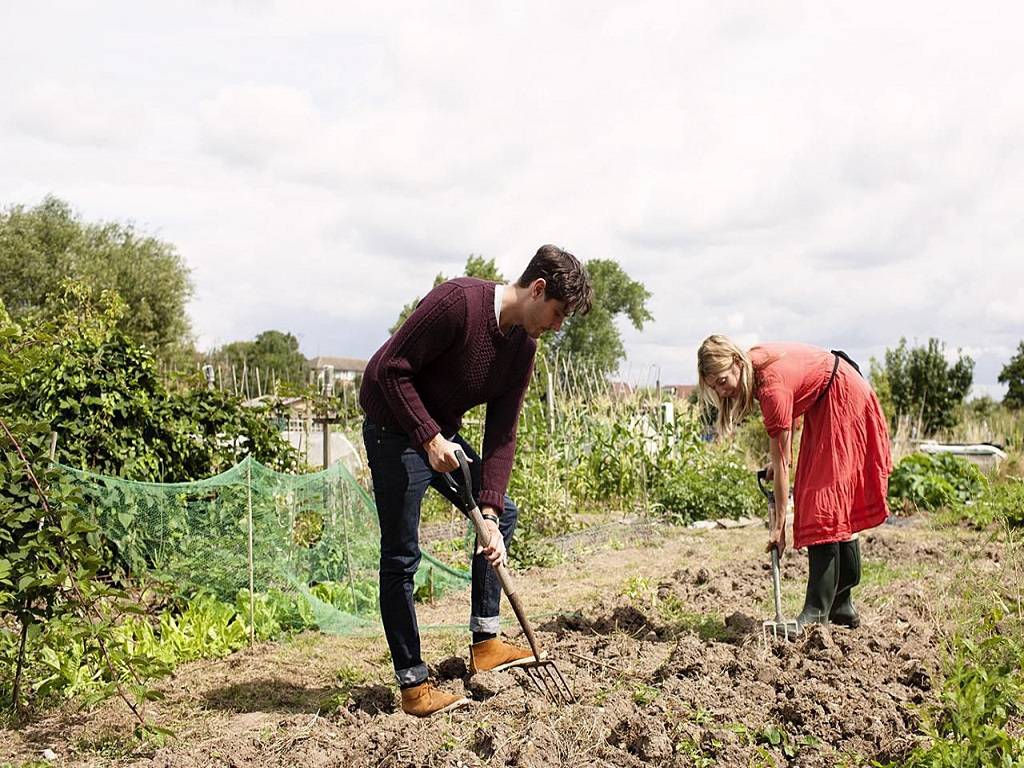
The process of land tilling involves aerating the soil to allow moisture and air to permeate, allowing seeds to germinate, promoting root growth, reducing weed growth, and adding fertilizers into the soil.
The majority of farmers and agricultural experts suggest tilling for several reasons. In fact, they recommend tilling twice a year, during spring and autumn. Here are 3 important reasons why you should till your soil.
Aeration- Tiling loosens up the soil which not only provides a good footing for newly germinated roots but also helps to water, oxygen and nutrients reach the roots of the plant. No-till soil has excess runoff which can remove the topsoil and leave the crops thirsty. When the soil is tilled, however, it has pockets that secret water and allows excess water to percolate down through the soil to avoid sodden roots.
De-weeding- Insects and weeds in your garden can seriously impede or even completely stop plant growth. To prevent weeds and other insects from invading and harming your plants, till your soil twice a year. In addition to breaking weed roots and other insects' homes, tilling helps in keeping pests from invading your garden.
Maintaining Soil Quality- With the right soil balance, you can keep your plants growing whether you decide to sow your garden with vibrant flowers, vegetables, or fruits.
In order to enrich the soil with nutrients, it may lack and to produce an ideal growing environment for plants, you should till fertilizer and other organic materials into the ground during the tilling process.
Tilling won’t be beneficial unless it’s done right. Farmers and growers should be mindful of the practices listed below while tilling to make sure it’s done right.
Tilling Do’s:
Keep all trash out of the garden. Remove any loose rocks, sticks, or other foreign objects that could damage you or the tiller's tines.
Keep the sod free from the soil. Grass can entangle itself in the tines and need to be cut out. Also, as temperatures rise, grass may start to reappear.
Don't till too much over the year. Excessive tilling can cause soil to become compacted and lower vegetable yields.
Don't begin planting right away. Allow any compost, organic materials, or soil enhancements to break down and release nutrients into the soil by leaving the soil alone for a day or two.
Tilling Don’ts:
Before using your tiller, always read the tiller's manual because each model varies slightly from the others, it's important to follow the instructions to make sure you're using it correctly.
For dry, compacted soil, use a shallow tilling depth; for soft ground, use a medium setting. Similar to how you would mow grass, engage the drive and slowly make parallel lines.
After completing the parallel rows, move the tiller to its deepest position and make rows that are parallel to the ones you just made. Unless your plants benefit from a specific depth, till about 6 to 8 inches deep. For more information, refer to the seed packages or your nearest nursery.











